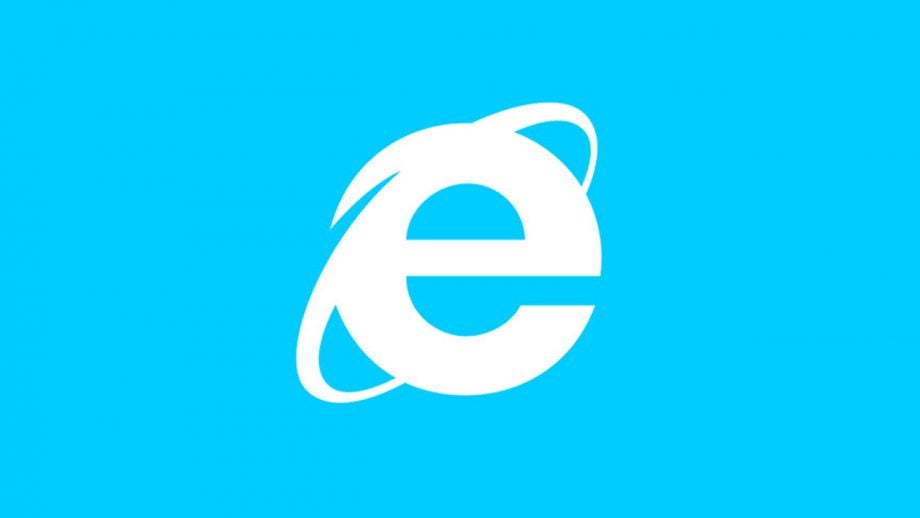This Day In Tech History: Microsoft launches Internet Explorer

August 16, 1995 – Microsoft introduced the first build of its Internet Explorer web browser, but it wasn’t the Google Search toolbar-toting client we know it to be.
Internet Explorer 1 was a modified version of Mosaic, the browser that some believe to be responsible for popularisation of the World Wide Web, that Microsoft has licensed from developer and University of Illinois offshoot Spyglass.
In line with the time, the browser was bare-bones, offering the most basic web-surfing features – there were a set of back and forward buttons, a refresh toggle, a favourites list, but not much else.
August 16, 1995 – Microsoft launches Internet Explorer, the browser that made accessing the internet possible for the average consumer pic.twitter.com/tHz5fu4DPS
— Trusted Reviews ?? (@trustedreviews) August 16, 2018
Keen to unseat then-market leader Netscape Navigator, a precursor to Mozilla’s Firefox, Microsoft soon began to build on Explorer’s skillset, introducing new tools that made the web-browsing experience all the more convenient, like Internet Mail, with Internet Explorer 3.
In the space of a few months, Internet Explorer went from being an add-on for Windows 95 to a core feature of the OS, bundled on all new machines, securing it the title of the browser that made it possible for the average consumer to get online.
All you had to do is plug in a modem and you were good to go – no need to pay a charge or install additional software.
Related: Best Browser
That brought about a new problem for Microsoft, however.
Internet Explorer wasn’t free when it was first released – it was available as part of the Internet Jumpstart Kit in Microsoft Plus!, and a percentage of each sale would go to Spyglass as part of the licensing agreement. But when it baked Explorer into Windows it waived the fee, resulting in Spyglass’ royalties taking a dive.
At one point, licensing deals for Mosaic Spyglass had struck with Microsoft and other companies including IBM were bringing in $20 million a year, but thanks in part to Microsoft bundling Internet Explorer with Windows licenses, many companies started shifting to the free web browser, which had the knock-on effect of shrinking that income stream.
On top of that, Spyglass, suspecting that it wasn’t getting paid a fair rate, and so demanded an audit of Microsoft’s accounts – the resulting dispute ended with the latter offering an $8 million settlement cheque.
Subsequent versions of Internet Explorer, up until version 7, were released with a message acknowledging Spyglass as the author of the underlying code for the web browser, and Internet Explorer itself ran up to version 11, which was replaced by Microsoft Edge in 2015.
What’s your favourite browser? Let us know over on Facebook or Twitter @TrustedReviews.

